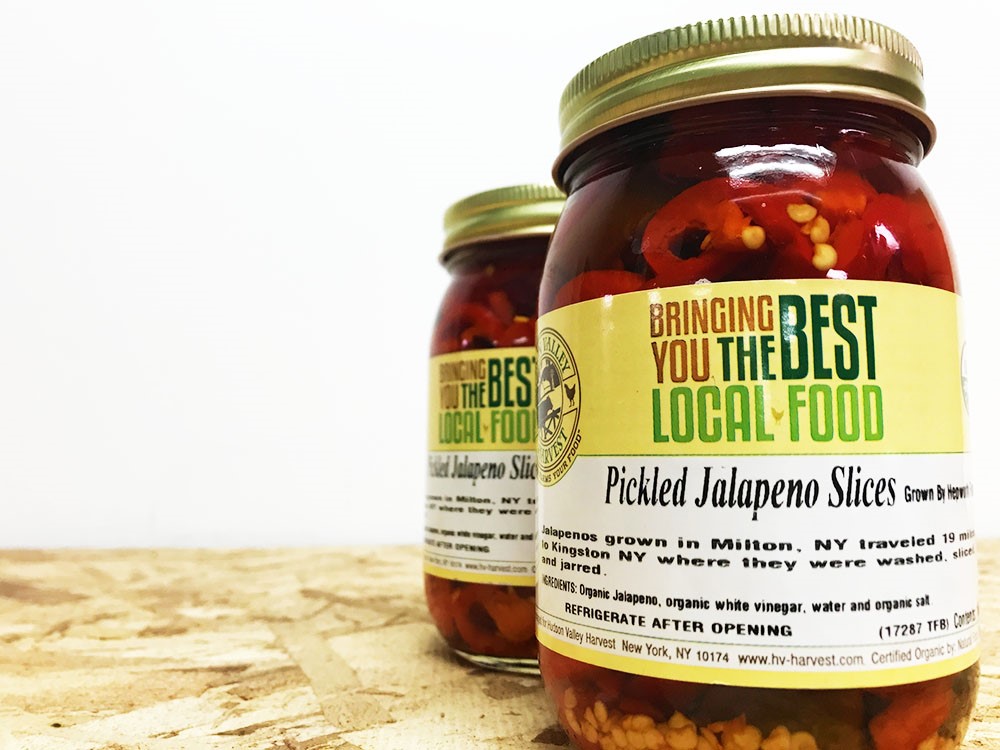Kingston, NY
Paul Alward, now Co-Founder and CEO of Hudson Valley Harvest, moved to New Paltz in 2004 where he was running a mixed vegetable and livestock farm. What Paul loved about being in The Valley at the time was that there were still so many farmers making a living. In comparison to where he grew up, farming was no longer a viable career choice. Due to the lack of any kind of “eat local” movement like we’ve seen in recent years, most farmers sold their land, and as a result, their children learned trades instead of growing up on a farm. The agriculture infrastructure and knowledge base needed to attract a new labor pool had slowly disappeared. However, in the Hudson Valley, many farms were still up and running, and their proximity to the city made it an ideal location.
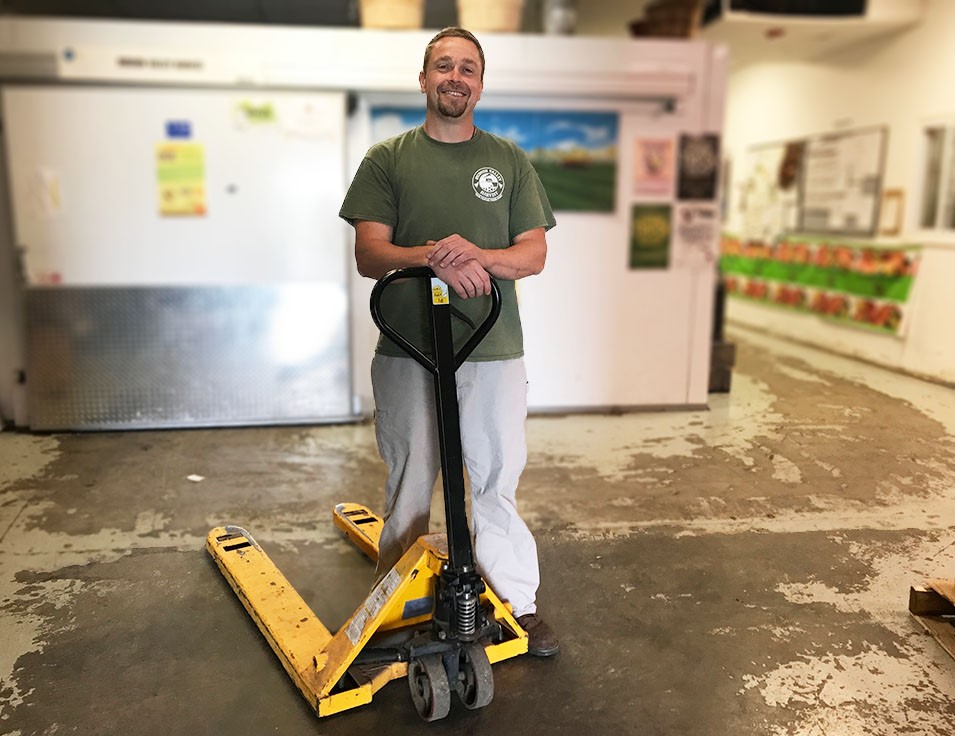 As a farmer, Paul found himself, like many farmers do, spending most of his time on the road instead of on the farm where he really wanted to be. Specifically, he had to travel an hour and a half just for the livestock portion of his business, which he relied heavily upon. Transporting animals to a slaughterhouse, leaving them there for a period of time for processing, going back to get them after, and then transporting them to the city is not only a tough job for a small farm, but it is expensive.
As a farmer, Paul found himself, like many farmers do, spending most of his time on the road instead of on the farm where he really wanted to be. Specifically, he had to travel an hour and a half just for the livestock portion of his business, which he relied heavily upon. Transporting animals to a slaughterhouse, leaving them there for a period of time for processing, going back to get them after, and then transporting them to the city is not only a tough job for a small farm, but it is expensive.
Through doing farmers markets, Paul had become close with three other men who seemed to be concerned with many of the same things he was; Sam Ullman, former owner of the Bywater Bistro in Rosendale, an angel investor, and another individual who had recently become serious about health and nutrition. The four of them began talking about the disconnect in food at the time. They were all noticing the growing traffic at farmers markets, the growing mistrust many consumers started to have for products coming from halfway across the world, and an overall growing awareness of where their food was coming from. With outbreaks of E.coli and pink slime, they were seeing people overwhelmingly begin to feel that the food system they thought they had wasn’t really what they had. Many consumers were seeking transparency and traceability.
There was a problem that they wanted to solve, and an opportunity in the market that the four men had been watching develop. There were tons of talented farmers in the Hudson Valley who were growing amazing food and then there were tons of people not only locally, but globally, who were becoming more aware of where their food was coming from. They wanted to find a way to connect them and their solution was Hudson Valley Harvest.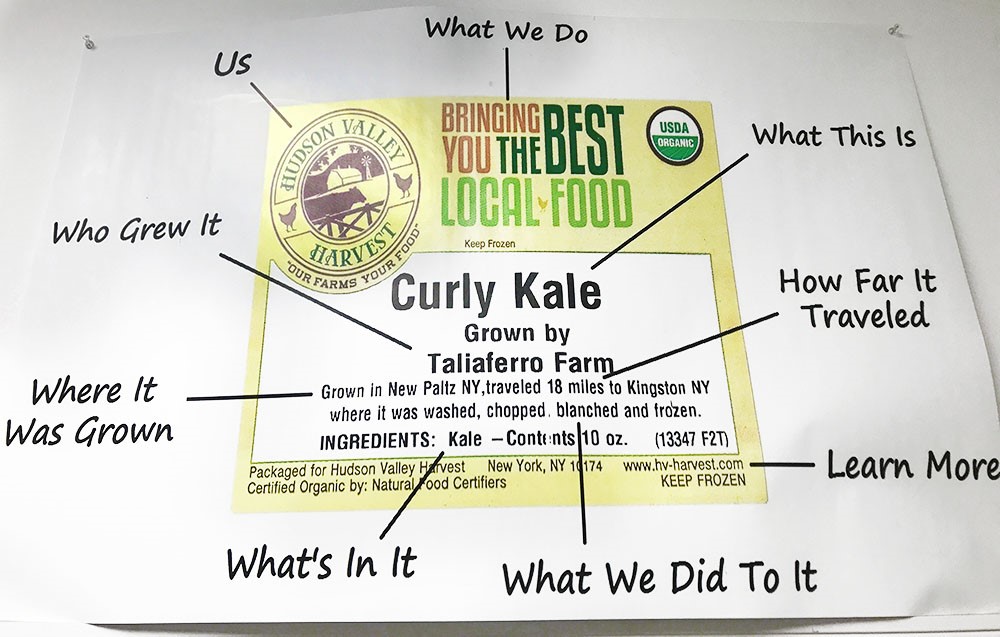
During his time owning a farm, Paul realized that people would travel to him from all over and for all different reasons. Some traveled from miles away because they had a family member who was sick, and they wanted to make sure they were getting the best food they could. Some people had something from his farm that they thought tasted better than anything they could get anywhere else. Others wanted to know it was organic, sustainable, or had a low carbon footprint.
From the beginning, Hudson Valley Harvest decided they did not want to dictate how farms should be. They wanted every farmer to be able to decide for themselves what was important to them and how they want to run their farm. Their main goal is to be completely transparent and traceable. They tell customers everything about the farm that they can; where they’re located, what method they use, any claims that they make, and then let the customer decide what aligns with them. What is important for Hudson Valley Harvest is making farming a viable career that is also economically sustainable, and it has become a very collaborative and supportive relationship.
 They aim to find new ways to work with farmers to make the most out of their product. For example, Hudson Valley Harvest will work with farmers to package different products for different customers. Not all of the produce that a farm produces is necessarily “pretty” enough for retail. What is, can go to a place like Wholefoods. For the product that doesn’t look as presentable, they will package it differently and sell it to restaurants. Google also started an ugly food program with them a couple years back, which is another way they can utilize the farmers’ entire crop.
They aim to find new ways to work with farmers to make the most out of their product. For example, Hudson Valley Harvest will work with farmers to package different products for different customers. Not all of the produce that a farm produces is necessarily “pretty” enough for retail. What is, can go to a place like Wholefoods. For the product that doesn’t look as presentable, they will package it differently and sell it to restaurants. Google also started an ugly food program with them a couple years back, which is another way they can utilize the farmers’ entire crop.
“And then there’s some stuff that’s really too ugly, but it’s totally fine to eat, it’s not unhealthy or dirty,” Paul explained, and they’ll use that product for a frozen line or to make smoothies with.
“In the end, it is all about finding ways to help farmers monetize their entire crop.”
When Hudson Valley Harvest started in 2011 they mostly did frozen fruits, vegetables, and meats. Beginning with Paul and 6 other farms from New Paltz, they slowly grew from there. Today they have over 60 farms ranging in size from 1 or 2 acres to 800 acres, conventional, commercial, and organic. They service all different kinds of retailers from Freshdirect to 40 different Whole Foods locations, 15 different Hannafords, Tops, Adams, and small health food stores and co-ops. They also service Michelin star restaurants in The City to diners and small hole in the wall restaurants Upstate. Lastly, they work with institutions from colleges like New School and Sacred Heart to corporate kitchens like Goldman Sachs, Google, Facebook, and JP Morgan. Their service runs from Saratoga to Central New Jersey, heavily focused between Albany down through Manhattan and Brooklyn, as well as most of Connecticut, the Berkshires, and Boston through a satellite distributor.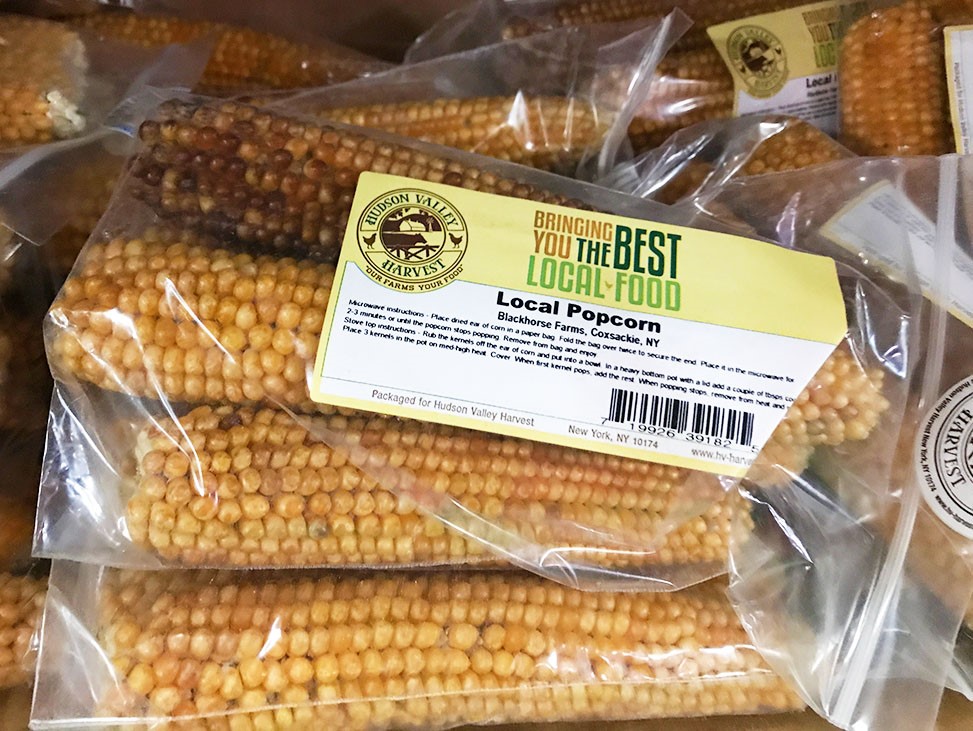
They are distributing anything that can be grown fresh in The Valley including honey, maple syrup, flour, beans, grains, and manufacture value-added products like salsas and hot sauces. They carry every kind of protein,
“Beef, pork, chicken, turkey, duck, lamb, quail, pheasant, buffalo, venison, guinea hen, rabbit, you name it, we have it.” Some of their farmers forage, selling them, mushrooms, fiddleheads, and ramps, as well as different kinds of niche growers. They carry about 1400 products on a slow week, and up to 2200 different products around August and September.
Hudson Valley Harvest looks into how they can leverage their supply chain of packaging and supplies to help farmers get better pricing, clean out inventory, or meet an unmet demand. Many of the farmers they work with have begun extending their seasons to have more product later and earlier in the season because Hudson Valley Harvest has helped them find a market for it. They have been able to become a forecastable resource for farmers, so they can plan and budget. Ultimately, their business model has created a very supportive community with a circle of feedback, where farmers want to grow more and are willing to adjust to doing more business.
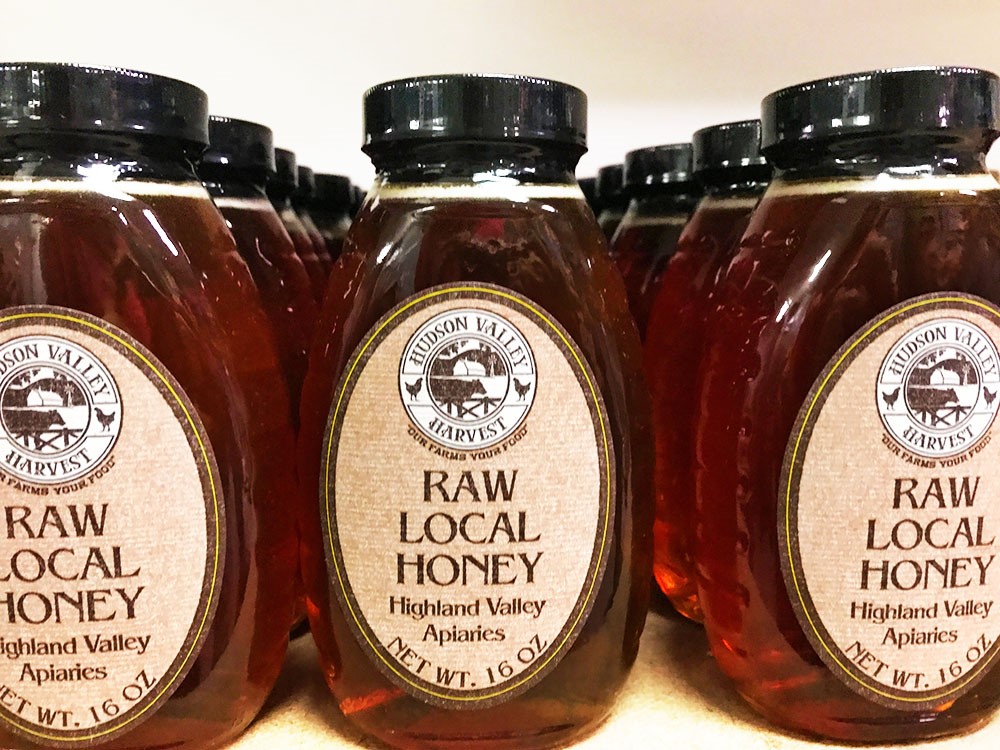 For the future, Hudson Valley Harvest plans to focus on the fact that because their products are local they’re high quality. This gives them a competitive advantage as their products will always be fresher and have more flavor. Most larger distributors don’t have the ability to tell their customers where their products are coming from. Hudson Valley Harvest’s products will continue to be more expensive, but their customers can have peace of mind knowing their farmers are making a living wage and using better practices on their farms. At the same time, they want to compete with companies like Sysco and US Foods, making sure that any way a customer could order from them, they can also order from Hudson Valley Harvest. Customers can expect to have the same kind of delivery, turn-around times, and professional service.
For the future, Hudson Valley Harvest plans to focus on the fact that because their products are local they’re high quality. This gives them a competitive advantage as their products will always be fresher and have more flavor. Most larger distributors don’t have the ability to tell their customers where their products are coming from. Hudson Valley Harvest’s products will continue to be more expensive, but their customers can have peace of mind knowing their farmers are making a living wage and using better practices on their farms. At the same time, they want to compete with companies like Sysco and US Foods, making sure that any way a customer could order from them, they can also order from Hudson Valley Harvest. Customers can expect to have the same kind of delivery, turn-around times, and professional service.
CONTACT:
Phone: (800) – 811 – 3795
Click Here to visit Hudson Valley Harvest’s website
